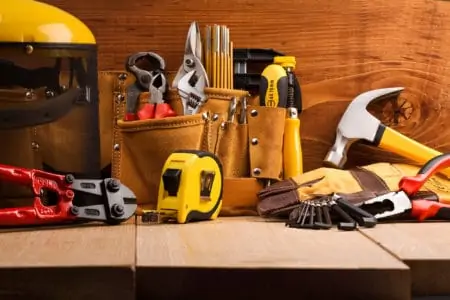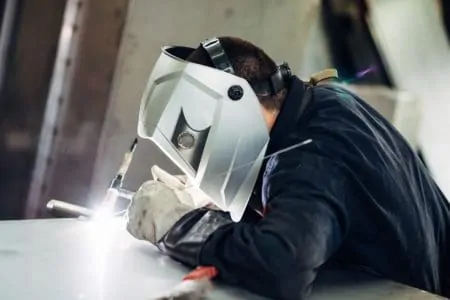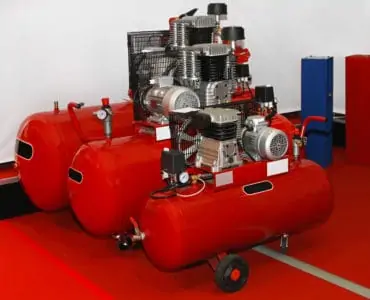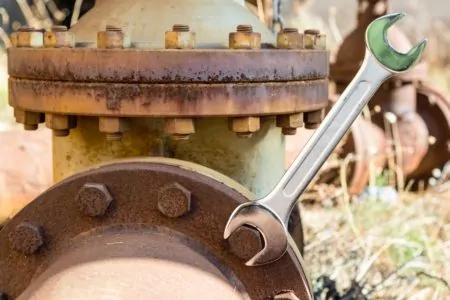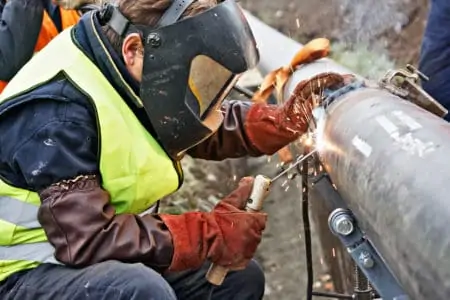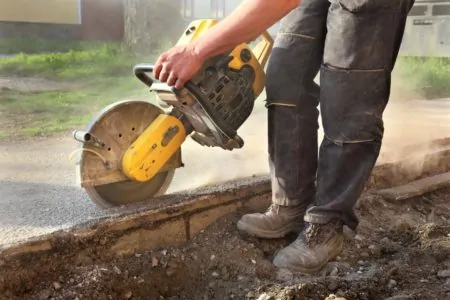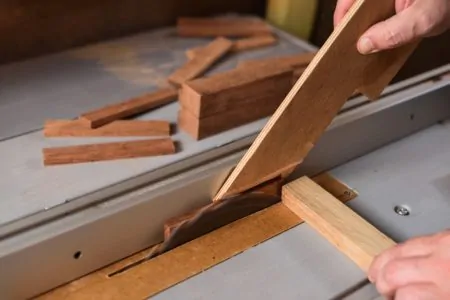There are so many types of tools available that putting them into one article is a huge challenge. We cover everything from drills and saws to garden tools, fasteners, and safety tools.
If you’re looking for a specific type of tool, we have you covered.
Key Takeaways
- Power tools include drills, saws, sanders, nail guns, grinders, and more.
- Hand tools such as hammers, pliers, screwdrivers, and measuring tools are essential for any project.
- Levels, planes, and chisels are crucial for achieving accuracy and precision in woodworking and construction.
- Wrenches, clamps, and air tools help with tasks like tightening bolts, holding materials in place, and powering pneumatic devices.
54 Types of Tools Explained
Okay, let’s kick off with the most widely owned types of tools:
Power Tools
1. Drills
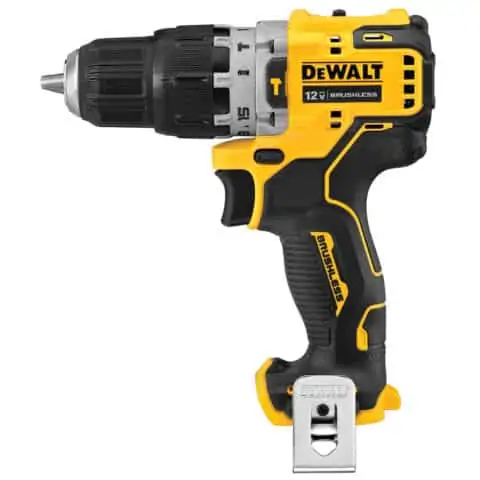
Most people own a drill. It’s the go-to tool when you need to get stuff done. It drills holes in wood, metal, and even masonry and concrete if you have a hammer setting. You can use it as a driver to secure fasteners and screws, and you can get a whole heap of accessories that turn your drill into routers, hole cutters and so much more.
Drills come in all shapes and sizes, from hammer, impact, cordless, brushless, and drill/drivers. When you need to get the job done, reach for the drill.
Product Specs
| Type | Power tool, Hand tool |
| Application | Wood, Masonry, Metalwork, Construction, Drilling |
2. Saws
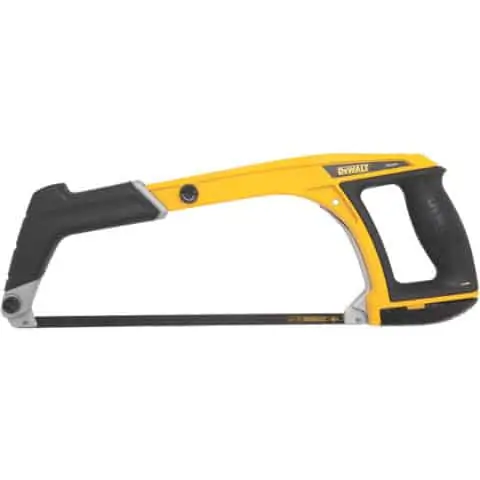
Just like drills, the saw covers a universe of possibilities. There are too many saws to mention them all, but the most popular types are circular, jigsaw, miter, table, chain, and reciprocating saw.
One of the most popular styles of saw in the USA is the table saw. It is one of Google’s most searched-for saws.
From the smallest DIY job to work site projects requiring a lot of work, the power saw is versatile and powerful. With the right accessories, they can rip cut, cross cut and even handle the most intricate shapes.
Product Specs
| Type | Power tool, Hand tool |
| Application | Wood, Masonry, Metalwork, Construction, Sawing, Flooring |
3. Sanders
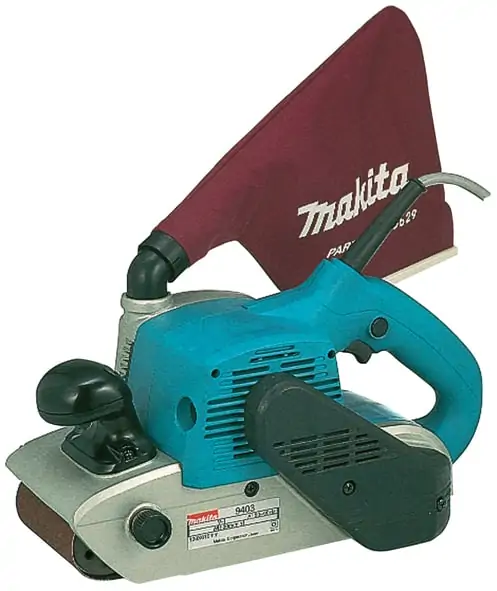
If you are working with wood or metal, especially when laying flooring or working in the auto repair shop, a sander is invaluable. They come in every variety you can think of and tackle tasks from the smallest detail to large industrial uses.
There are strip sanders, detail sanders, belt sanders, orbital, oscillating, random orbital, bench sanders, and floor sanders.
Sanders range is price, with the cheapest just $30 or $40 to a couple of hundred and more. The size of the task and the variety of the work dictates which sander is suitable, but most are adaptable and can be put to many uses.
Product Specs
| Type | Power tool, Hand tool |
| Application | Wood, Masonry, Metalwork, Construction, Sanding, Flooring |
4. Nail Guns
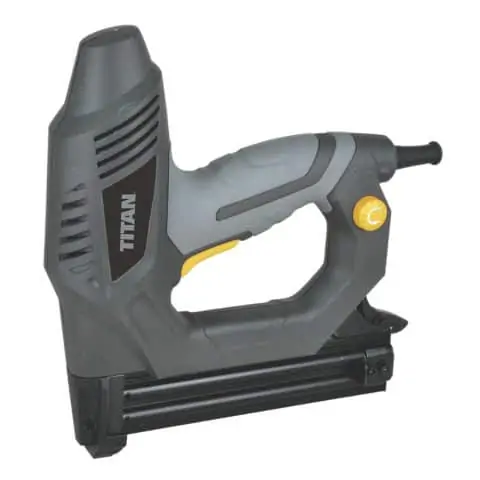
Nail guns are less common inside our homes than the drill or saw. They are popular, but given their specific job is to speed up nailing, they are more likely to be found in the hands of a professional carpenter or woodworker.
They increase your work rate by loading the gun with a magazine containing a specific number of nails. You can then fasten your project without the need to stop, pick up another nail and start hammering.
Imagine the strain on your hands and arms doing it the traditional way? Not to mention the time it would take.
A word of caution: while nail guns are super-efficient, they are also among the most dangerous power tools to use. Firing a sharp projectile at high speed is a risky business, so they should be treated with the utmost respect.
Product Specs
| Type | Power tool, Hand tool |
| Application | Wood, Metalwork, Construction, Nailing, Flooring |
5. Grinders
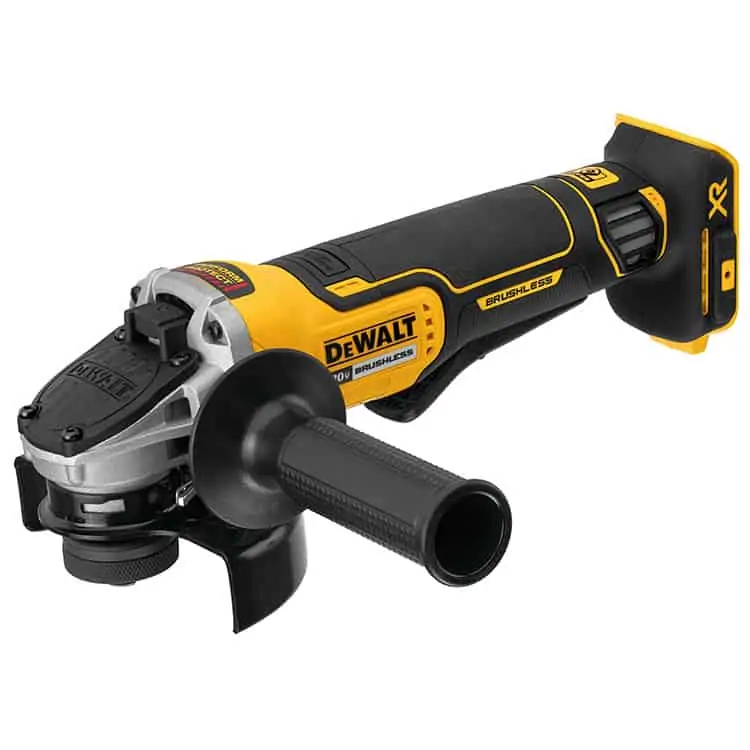
Grinders are brute force tools. If you are a metal worker, welder, or work in auto repair, a grinder is essential. They come in all shapes and sizes, including angle, bench, pneumatic, straight grinders, cylindrical grinders, die grinders, and many more.
Angle grinders are, by far, the most popular and widely used. They cut metal and concrete, wood, and other hard materials, and are the perfect tool for removing material quickly. Welders use grinders to clean up welds and prepare metal surfaces ready for welding.
If you want a versatile tool, a grinder is definitely a good candidate and something every professional metal worker should own and learn to use safely.
Product Specs
| Type | Power tool, Hand tool |
| Application | Wood, Masonry, Metalwork, Construction, Grinding, Flooring, Welding |
6. Staple Guns
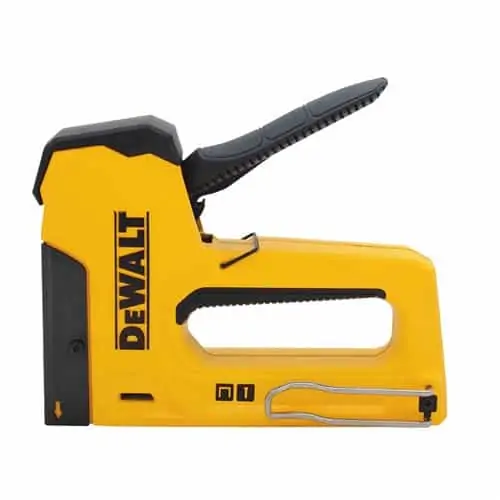
If you work in the upholstery or carpentry business, a good-quality staple gun is an essential tool. They come as manual or powered varieties, with both electric and pneumatic versions.
They are simple in concept; a magazine holding a specific amount of staples is loaded into the gun, and when you depress the trigger, the staple fires at high velocity into the material.
Upholsterers use staple guns to repin wadding and seat coverings, while carpenters use them to attach sidings and wooden batons. However, their use extends to laying flooring and roofing, especially when pinning rolls of insulation.
Product Specs
| Type | Power tool, Hand tool |
| Application | Wood, Upholstery, Flooring |
7. Welders
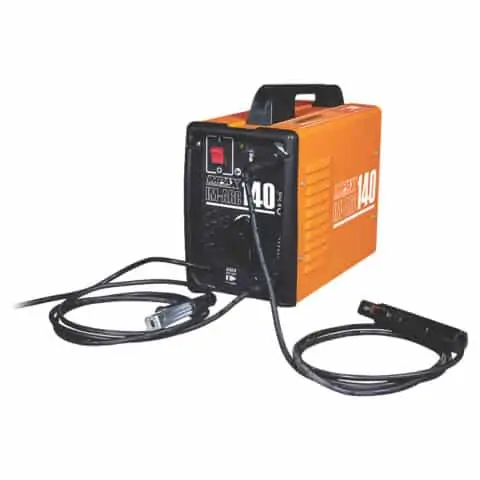
Welders are specialist tools, which is why not everyone owns one. Using one requires training and a degree of knowledge. However, once mastered, they perform invaluable tasks like spot welding, strip welding, and other metalwork repairs and fabrications.
Welders are useful in construction, metalwork, on the farm or ranch for machinery repairs, and in heavy industry where precision is key.
You get MIG welders, TIG welders, Stick welders, and arc welders (also known as flux-core). Welding is a dangerous pursuit, so a high degree of precaution should be observed. You need a protective helmet, gloves, clothing and even work boots.
Product Specs
| Type | Power tool |
| Application | Metalwork, Construction, Welding |
8. Air Compressors
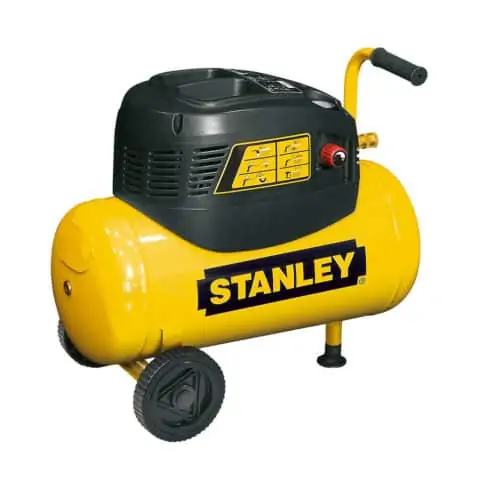
A lot of the power tools we have mentioned get their power from air compressors. They come in many varieties, from the smallest pancake models to 20, 30, 60, and 80-gallon models. If you work in an industrial setting like an auto repair shop, you will be familiar with an air compressor.
You can even get tiny compressors that drive spray brushes for modelers and craftspeople. However, the majority of air compressors are cumbersome, noisy, and heavy.
They work by sucking air into a storage tank and compressing it, so you get the maximum amount of pressure to drive your pneumatic tools. Your tools attach using an air hose, and when you squeeze the trigger, air moves from the tank to the device.
The advantage of an air compressor is the amount of power pneumatic tools deliver, which is why they are most commonly seen in professional settings.
Product Specs
| Type | Power tool |
| Application | Pneumatic Tools, Drilling, Auto Repair |
9. Air Tools
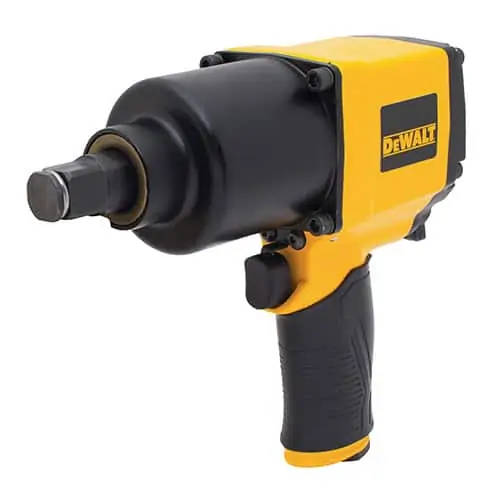
Without an air compressor, air tools would not exist. They are quiet, powerful, and highly efficient. They are also lightweight and portable. While pneumatic tools are more likely to find a home in professional settings like repair shops and construction sites, they are becoming more popular in our home workshops.
The tools themselves are slightly cheaper than their electric counterparts, but you do need to factor in the price of the air compressor, which can add hundreds of dollars to your final bill.
You can get air drills, wrenches, impact drivers, angle grinders, nail guns, ratchets, and airbrushes. So, if you have a task that calls for power, it is likely that you would reach for a pneumatic tool.
Product Specs
| Type | Power tool, Hand tool |
| Application | Metalwork, Construction, Woodwork |
10. Power Ratchet Sets
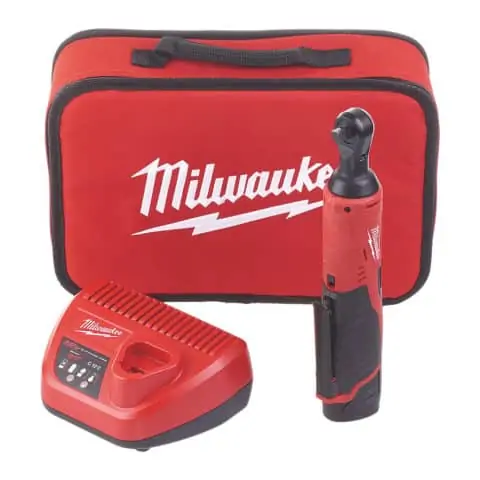
Power ratchet sets come in two main varieties: battery-powered and pneumatic. Depending on the type of jobs you are undertaking, each has its advantages and disadvantages.
Electric models have less power than their air-powered counterparts but are more convenient and easier to use. At the same time, the air varieties deliver supreme levels of power but require an air compressor, which adds to the cost.
Ratchet sets are typically found in garages and auto repair shops or industrial settings where machinery is a major factor in the type of work.
Product Specs
| Type | Power tool, Hand tool |
| Application | Machinery repair |
11. Lathes
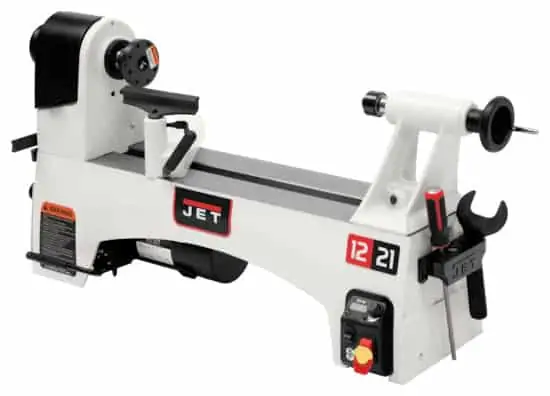
Lathes are specialist precision tools used in engineering, toolmaking, and metal and woodwork. Essentially, a lathe is a rotating tool that turns the material while you shape it with another sharp, hand-held device.
Think of chair legs and their rounded shape, and you will get the picture. Lathes are not as common inside our home workshops, but they are popular with hobbyist woodworkers. You also find them in industrial settings.
Product Specs
| Type | Power tool |
| Application | Engineering, Woodwork |
Hand Tools
12. Hammers
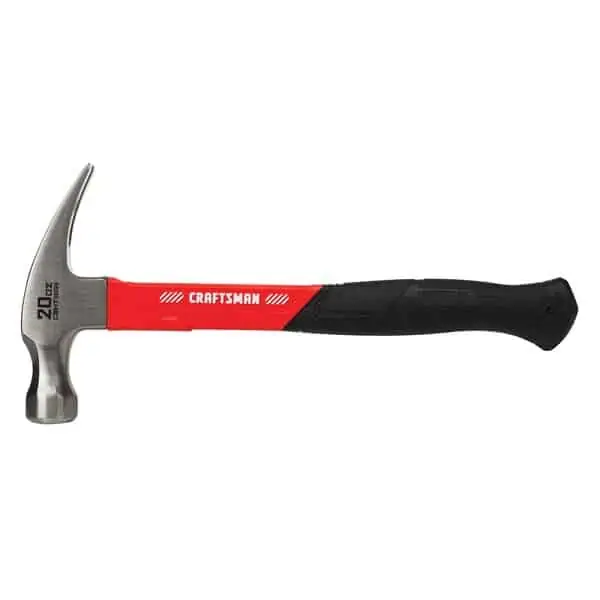
The hammer is one of the most fundamental tools available. Civilizations have used percussive motion for thousands of years. Percussive is the striking of one object with another in a downward motion. Hammers can trace their roots back to the dawn of humankind.
They typically consist of a dense metal head with a nail extractor on the rear, with a wooden or metal handle. You can get claw hammers, club hammers, sledgehammers, mallets, joiners mallets, and pin hammers for precision work like carpentry and furniture upholstery.
Product Specs
| Type | Hand tool |
| Application | Nailing |
13. Pliers
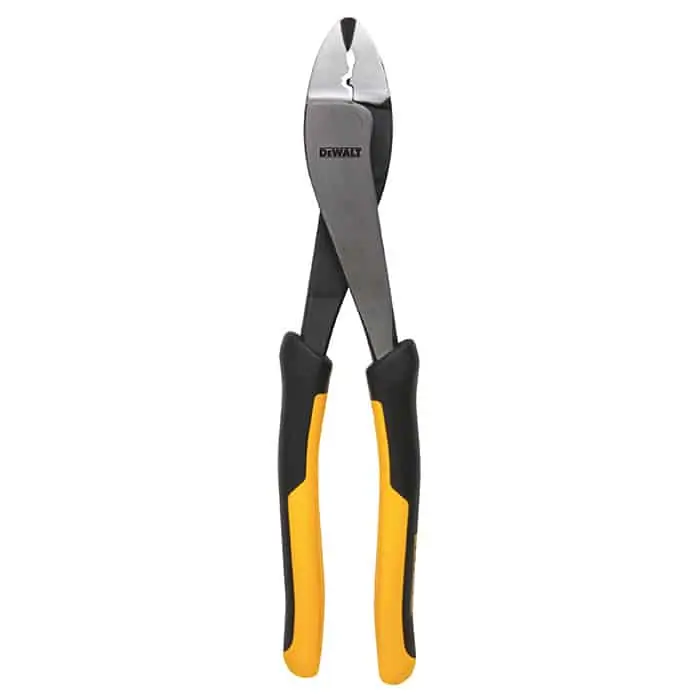
You might be surprised to know that there are over 33 types of pliers! Obviously, we aren’t going to list them all, but there are some popular styles, like slip joint pliers, hose clamp pliers, needle-nose pliers, tongue and groove pliers, flat-nose pliers, and many more.
When you need to grip something to give you extra pulling, twisting, and static pressure, a set of pliers is the ideal tool. They are widely used in carpentry, woodworking, metalwork, and the electrical trade.
Product Specs
| Type | Hand tool |
| Application | Construction, Carpentry, Electrical |
14. Screwdrivers
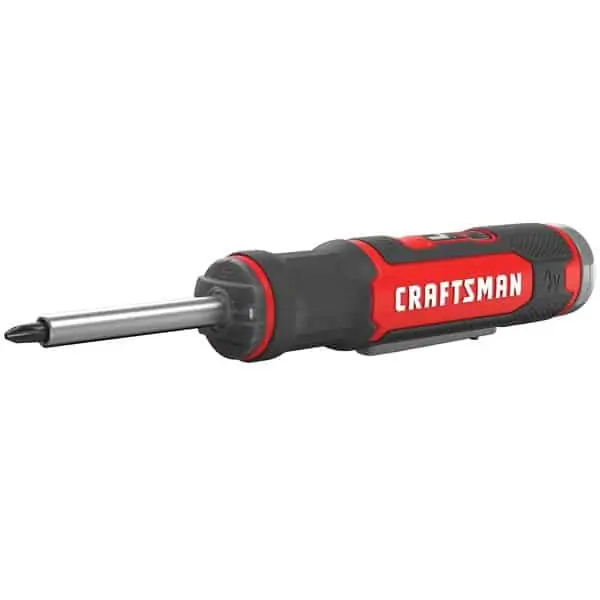
From flathead, crosshead (Phillips), Pozidrive, hex, or square screwdrivers, you can take your pick depending on the task at hand.
Screwdrivers are the most commonly owned hand-tool. Every home has a set of screwdrivers, and they are excellent at manually driving screws into a variety of materials. You can also extract fasteners by twisting the screwdriver counterclockwise.
Screwdrivers are easy to store, multi-use, and cheap to buy. If you are assembling your first toolkit, start by getting some screwdrivers.
Product Specs
| Type | Hand tool |
| Application | Construction, Screwing |
15. Ladders
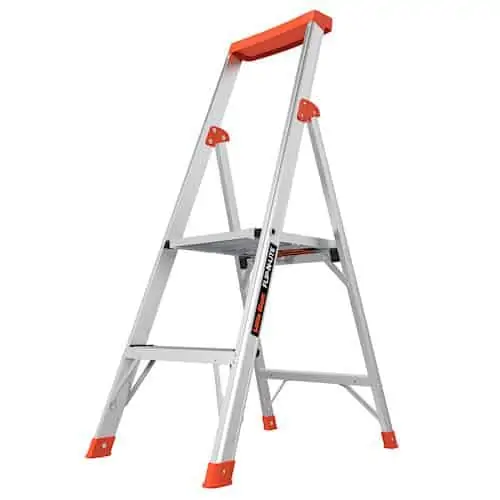
Need to gain extra height to reach something? Then you need a ladder. They come in many varieties, some short and some super-long. Ladders can be extendable, hydraulic (like the kind used on fire trucks), and wooden.
You can also get step ladders that are multifunctional to configure into platforms and to cater to uneven surfaces like stairs. You can get platform ladders that resemble a small foldable double step and foldable ladders that shrink to a manageable size to fit into your car trunk.
Some ladders are also telescoping, so they cater to any height.
Product Specs
| Type | Hand tool |
| Application | Construction, Climbing |
16. Wrenches
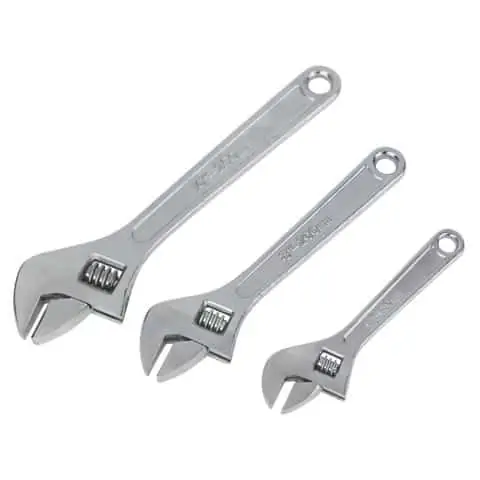
Wrenches are tools for gripping, turning, tightening, and loosening nuts, bolts, and pipe fittings. You can get socket wrenches, adjustable and double-ended wrenches, and they come in American Standard sizes ranging from 0.625 inches to 1-inch. You can get specialist wrenches in larger and smaller sizes, but most fall into this size range.
Product Specs
| Type | Hand tool |
| Application | Construction, Bolts, Nuts |
17. Clamps
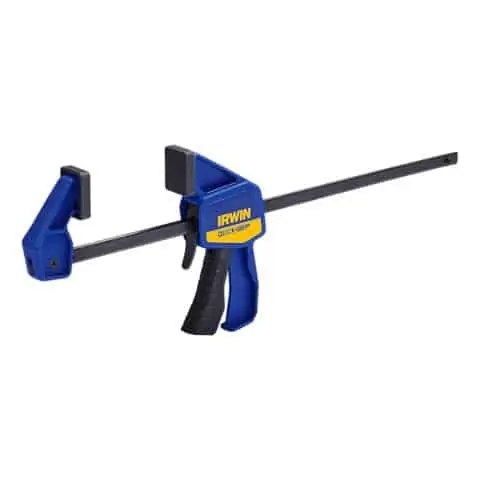
No task would be complete without a clamp. They hold your project in place, which allows you to move around freely with both hands. Welders use clamps when they need to keep their workpiece in situ.
There are 38 different types of clamps available, but the most common are F and C-clamps. F-clamps have a ratcheting motion that when you squeeze the handle, the clamps grips. To release, you press down on the clip, and the clamp opens.
C-clamps are easier to use. They have a sprung middle, so when you squeeze the handle, the clamp opens, and when you release the handle, it closes.
Product Specs
| Type | Hand tool |
| Application | Construction, Welding, Metalwork, Woodwork |
18. Measuring Tools
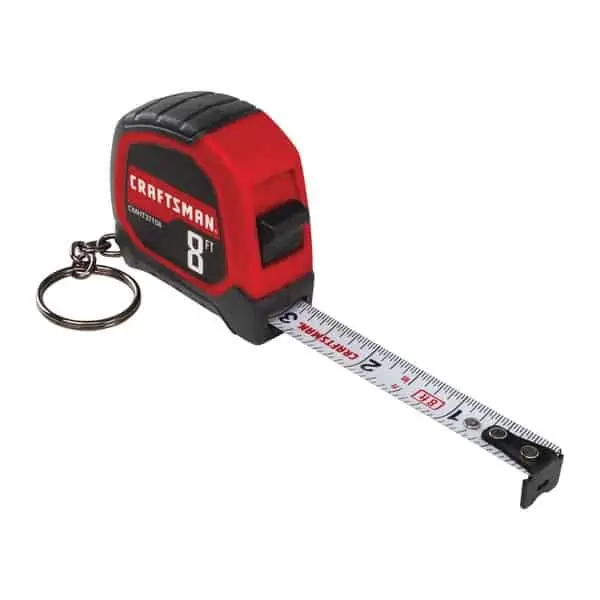
There are over 20 types of measuring tools, from calipers, tape measures, protractors, and rulers. They are invaluable in every walk of life. Carpentry, metalwork, woodwork, construction, and just about anything you can think of requires accuracy.
Without accurate measurements, nothing would be square. Imagine trying to build a house without measuring tools? It wouldn’t work. If screwdrivers are one of the first things to include in your new toolbox, the next should be a tape measure.
Product Specs
| Type | Hand tool |
| Application | Construction, Welding, Metalwork, Woodwork |
19. Level
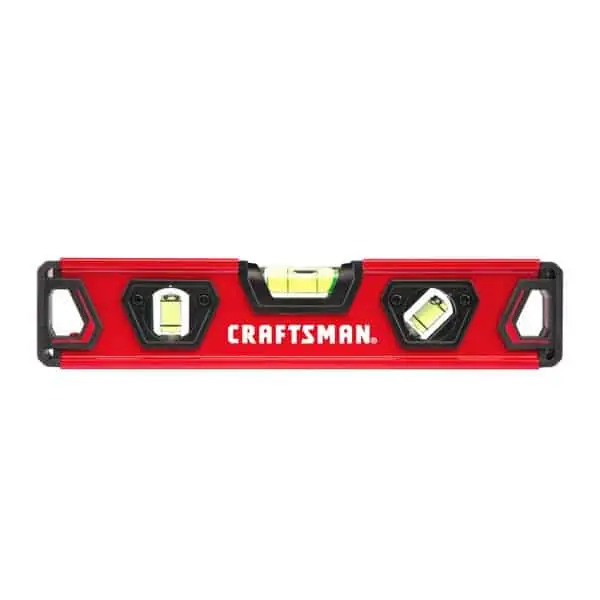
When accuracy is crucial to everything you do, a level is the most critical tool. Once you’ve measured and cut your material, you need to know it is level when you attach it to your project. That includes horizontally and vertically.
Levels are easy to use and work on a bubble principle, where the bubble sits in the middle to indicate your material is level.
Product Specs
| Type | Hand tool |
| Application | Construction, Welding, Metalwork, Woodwork |
20. Plane
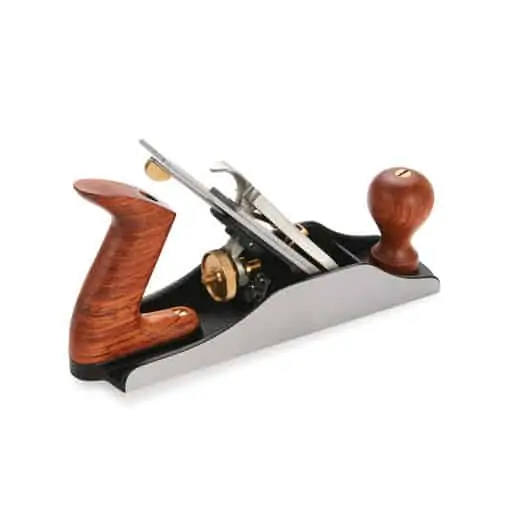
Shaving small amounts of wood to get that super-accurate finish is only possible with a plane. The tool as we know it first appeared in the 19th century, but the principle of planing wood has been around since the early days of boat building and construction. The plane removes thin slithers of wood with each forward stroke, leaving you with a smooth and shaped surface, ideal for lumber and rough wood.
Product Specs
| Type | Hand tool |
| Application | Woodwork |
21. Tool Belts
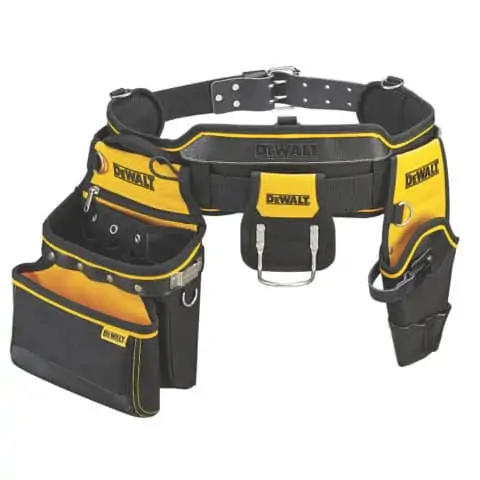
If you want to keep all your tools in one handy place, get a tool belt. Hammers, screwdrivers, and all manner of hand tools have a home in a tool belt. It saves you having to search for the right tool, which speeds up your work rate.
Product Specs
| Type | Hand tool |
| Application | General construction |
22. Axes
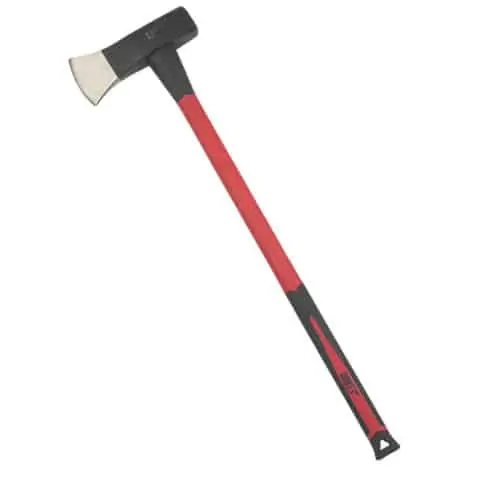
Axes are sharp cutting tools that make light work of lumber and logs when you need to work quickly without worrying about precision. That said, an axe in the hands of a skilled person is an effective tool.
You can get different types of axes, from a felling axe to a hatchet and a broad axe. In fact, there are more than 19 different varieties of axe to choose from. The general shape consists of a sharp, wedge-shaped blade mounted on a long wooden handle.
Product Specs
| Type | Hand tool |
| Application | Forestry, Tree felling |
23. Chisels
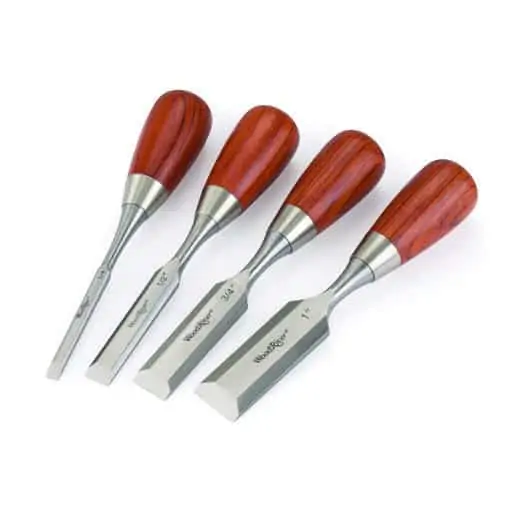
If you own a mallet, you probably own chisels. They are a carpenter’s main tools for cutting joints, shaping, and shaving wood. They consist of a handle and a long blade with a beveled cutting edge.
Also, stoneworkers and sculptors use chisels to shape, smooth, and chip hard material like stone and concrete.
There are actually over 23 types of chisels, including paring, mortise, bench, and cross-cut chisels. As you strike the chisel base with the mallet, it moves forward, removing the material in small amounts.
Product Specs
| Type | Hand tool |
| Application | Woodwork, Masonry, Sculpture |
24. Utility Knife
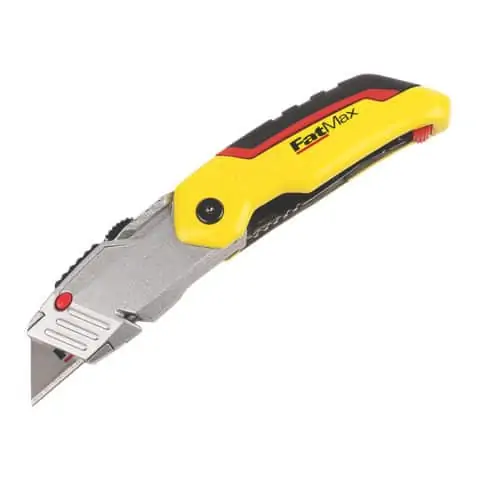
A utility knife is so named thanks to its multiple uses. It cuts, carves, slices, and trims electrical cable. Commonly known as a Stanley knife, they are typically retractable, so the blade stores safely in the body of the knife.
It is an ideal tool if you work with electrics, but the utility knife is a favorite among most construction workers and skilled professionals on the worksite.
Product Specs
| Type | Hand tool |
| Application | Electrical, General construction |
25. Cutter
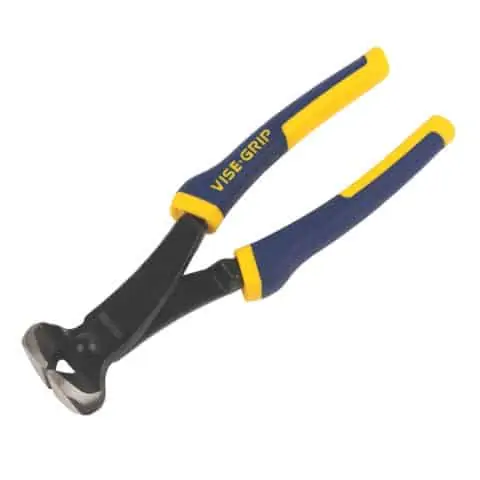
Cutters have two handles and jaws that close when you squeeze the handle together. Imagine a pair of pliers, but instead of gripping, it has a sharp cutting edge. They are ideal for working up close with the material, where detail is important.
You get side, cable, flush, end, diagonal, wire rope, and bolt cutters. Electricians use them to cut cables and wires, metalworkers use them to snip sheet metal, and carpenters use them to trim small pieces of wood and snip staples and fasteners.
Product Specs
| Type | Hand tool |
| Application | Electrical, General construction |
26. Bradawl
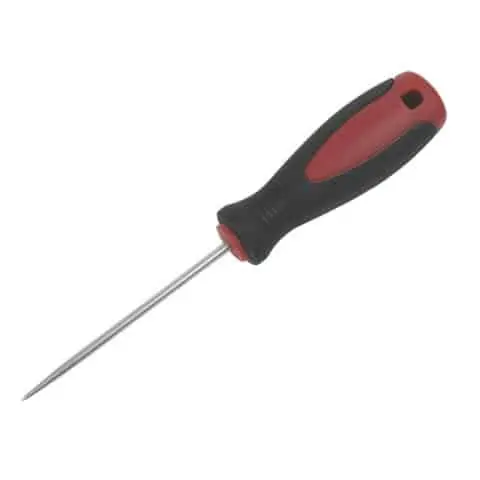
A bradawl has one task: to make an indent or split the fibers of wood to make inserting a nail or screw easier. The blade is placed across the wood fibers, and pressure is applied.
It consists of a flat handle and a long thin blade. As downward pressure is applied, it digs into the material, effectively making a crude pilot hole for the fastener to grip.
Product Specs
| Type | Hand tool |
| Application | General construction, Woodwork |
27. Augers
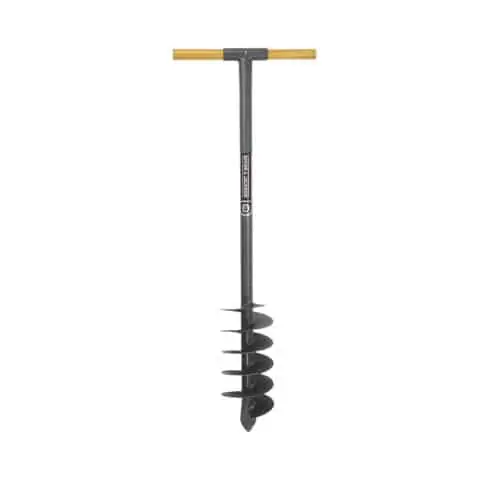
Augers are a large bladed tool for making wide holes in wood and other material. Augers are also useful for making holes in soil. Think of a corkscrew, but with blades, and you’ll get the idea.
As you twist the handle, the shaft turns and cuts into the material. As you continue to apply pressure, it bites down further, pulling itself deeper into the surface.
Product Specs
| Type | Hand tool |
| Application | General construction, Groundwork |
28. Mallet
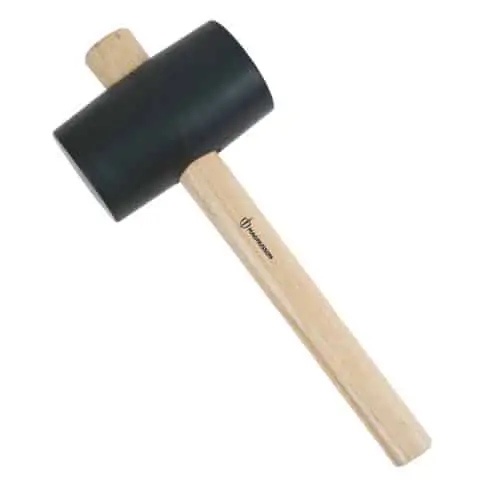
Think of a hammer with a large head and made of wood or rubber. Mallets have all sorts of uses, especially when working with chisels in carpentry and woodwork. Mallets are used in construction in tasks like bricklaying, laying slab floors, and patios.
Product Specs
| Type | Hand tool |
| Application | General construction, Woodwork |
Fasteners
29. Nails
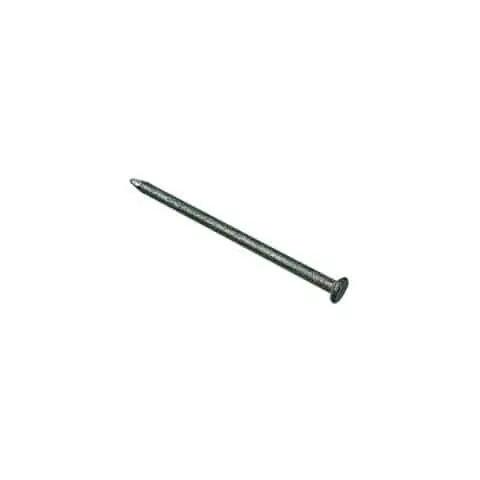
Nails have been around since humankind invented tools. They come in all shapes and sizes and are used to fix two pieces of wood. They are inserted using percussive force, and once in place, stay in situ for a very long time.
Product Specs
| Type | Fastener |
| Application | General construction, Woodwork |
30. Screws
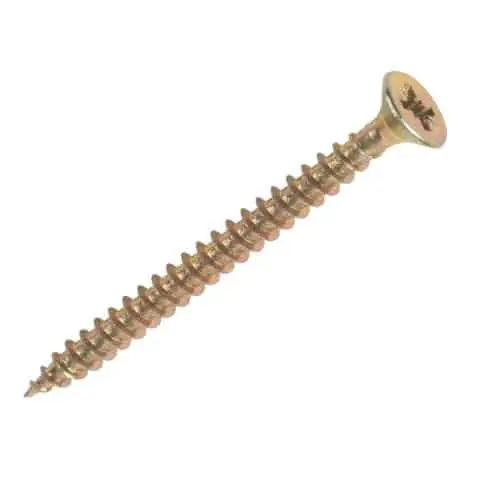
Screws are more secure when in situ than nails. They wind into wood, concrete, metal, and masonry using a screwdriver. There are over 36 types of screws and screw heads, but the most common are the flat-head and cross-head screws.
You can get wood screws, machine screws, lag screws, twinfast screws, and many more.
Product Specs
| Type | Fastener |
| Application | General construction, Woodwork |
31. Lug Nuts
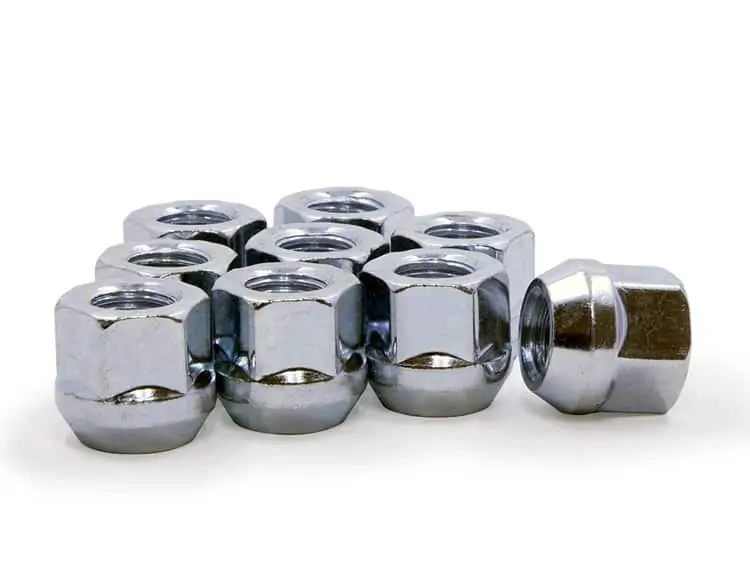
Lug nuts are typically used to hold wheels on vehicles. They come in three main types: conical tapered, ball radius, and flat seat.
Having said that, there are 9 different types, but the ones above are the most common.
Product Specs
| Type | Fastener |
| Application | Motor industry, Wheels |
32. Washers
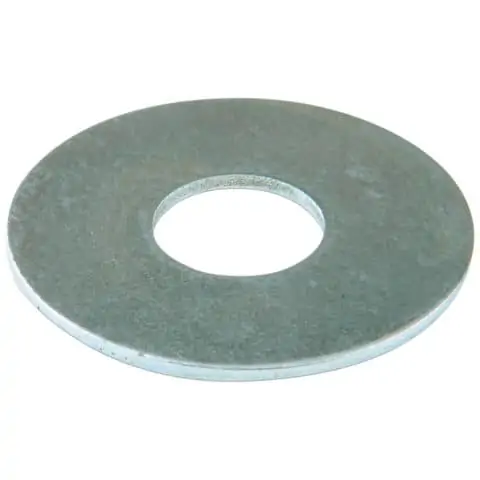
Washers sit between the bolt head, screw head, or nut to ensure that the fastener stays in situ. They are ideal if you have a large opening and want to stop the fastener from slipping into the hole.
They also strengthen the joint, allowing you to apply more pressure when tightening without fear that the material will weaken.
Product Specs
| Type | Fastener |
| Application | General construction |
33. Rivets
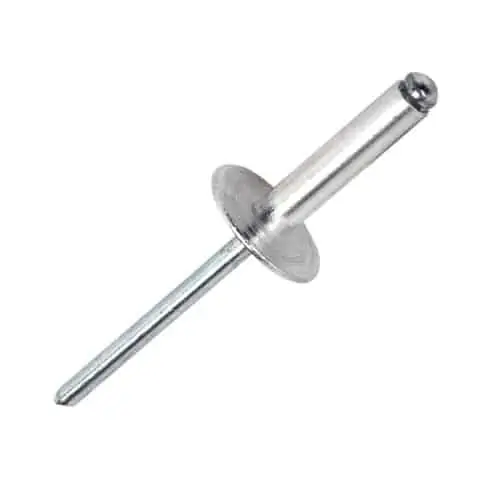
Rivets are permanent fixings used in all types of construction like shipbuilding and heavy infrastructure. You can find rivets in everything from metal fencing to automobiles and even footwear.
Rivets come in all shapes, from drive, split, tubular, belt, and blind rivets.
Product Specs
| Type | Fastener |
| Application | General construction, Infrastructure, Shipbuilding |
34. Wires
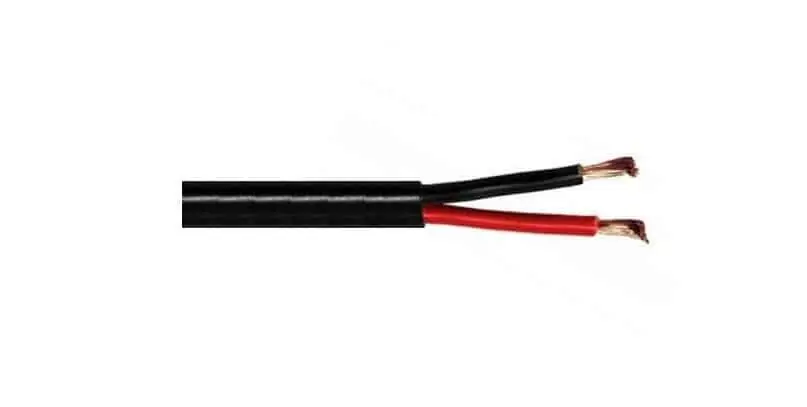
Wire comes in solid, stranded, and braided varieties, among others. It is ideal for fencing and other applications and secures by twisting tight, holding the material in place.
Product Specs
| Type | Fastener |
| Application | General construction, Fencing |
35. Drywall Anchors
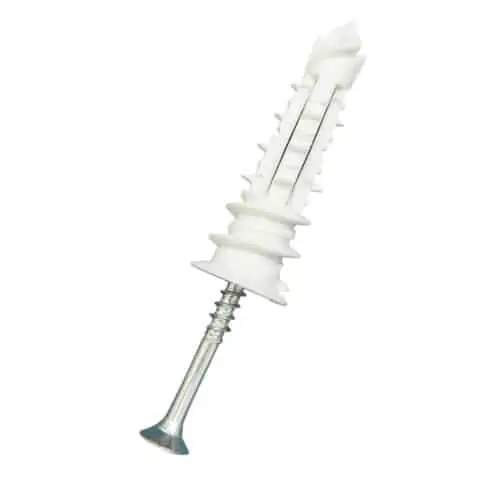
If you have drywall, hanging anything needs a special anchor. Drywall anchors insert into the wall and grip from behind so that you can mount things safely to the surface of the wall.
You can get expansion anchors, self-drilling anchors with their own threads, a steel hollow-wall anchor called a molly bolt, and toggle bolts.
Product Specs
| Type | Fastener |
| Application | General construction, DIY |
Gardening Tools
36. Shovels
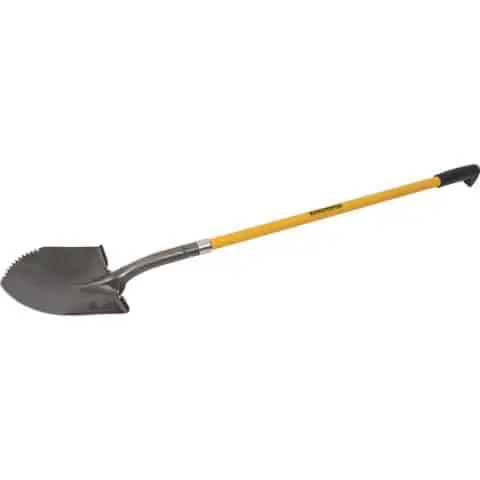
Not many people know the difference between a shovel and a spade. So, here it is; a spade is flatter and shorter, with a square blade, while a shovel is curved, with a longer handle and a deeper bowl. Shovels are much better at shifting larger amounts of soil.
Product Specs
| Type | Hand tool |
| Application | Gardening |
37. Rake
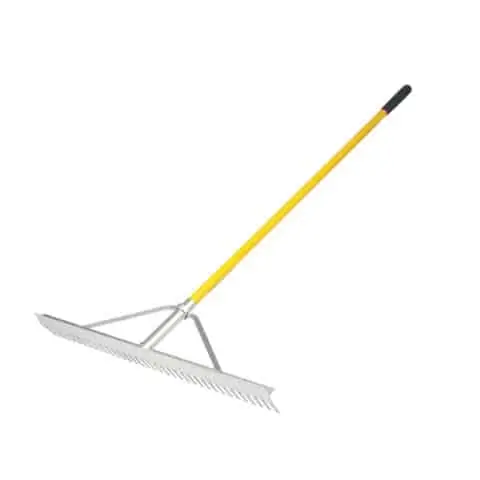
When you need to clear leaves from your yard, a rake is the tool to use. They come in fixed teeth attached to a wooden pole or an expandable head that clips and unclips and fans out to give you the maximum reach.
You can also use a rake for roughing up the surface of flower beds. It’s a good way to loosen compacted soil without disturbing seeds or plants.
Product Specs
| Type | Hand tool |
| Application | Gardening |
38. Spade
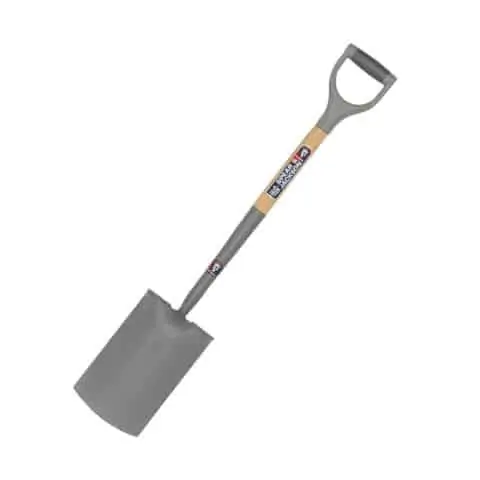
Not to be confused with a shovel, while they do the same things, a spade is shorter, wider, and square. It also has a flatter blade, so it scoops less soil when you dig. A spade is a great gardening tool for edging and cutting into the ground.
Product Specs
| Type | Hand tool |
| Application | Gardening |
39. Garden Fork
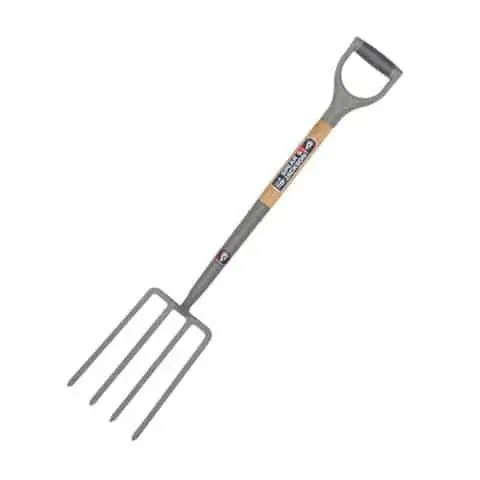
A garden fork is ideal for turning and breaking up compacted or dry mud. As every gardener knows the soil needs to be turned to keep it nutritious for all your plants, and the long prongs of a fork make light work of hardened mud.
You can also use your fork to prod holes in your lawn to allow water to penetrate deeper and improve the quality of your grass.
Product Specs
| Type | Hand tool |
| Application | Gardening |
40. Pruners
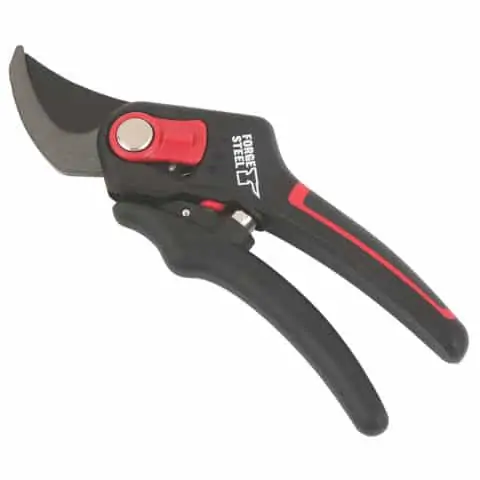
Cutting through thicker stems is easy with pruners. They come as hand-held tools resembling an industrial set of scissors. As you squeeze the handle, the blade closes and cuts through the limb of the plant.
Pruners are better suited to working in small areas where accuracy is paramount. You can also use them to cut fresh roses and other flowers.
Product Specs
| Type | Hand tool |
| Application | Gardening |
41. Shears
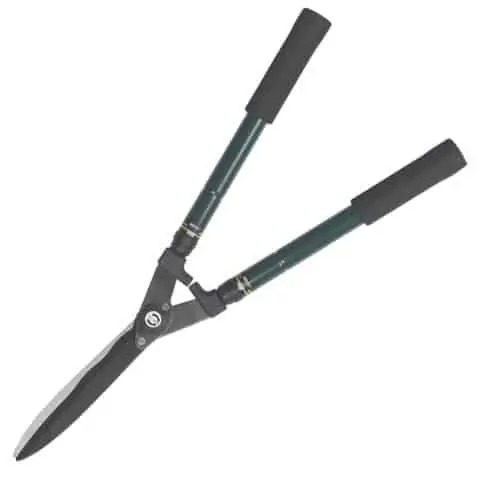
Shears are great for trimming grass, hedges, and bushes. They have two long handles and two blades that cut like scissors. They are excellent if you are shaping topiary.
Product Specs
| Type | Hand tool |
| Application | Gardening |
42. Lawn Mowers
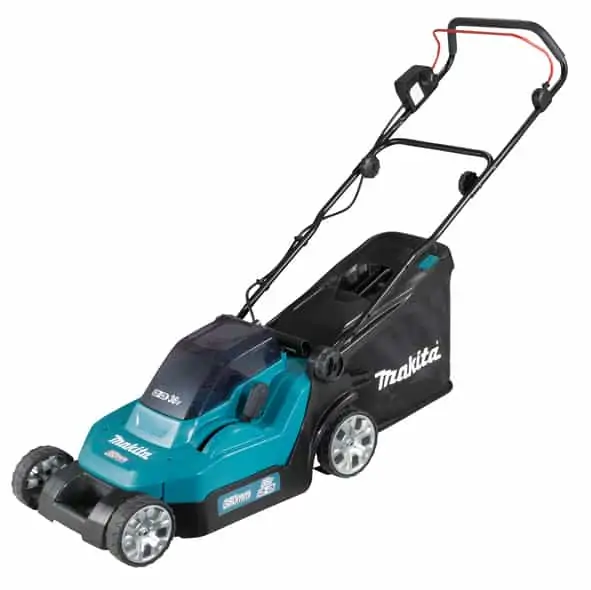
Lawn mowers come in all models and sizes. You can get tractor lawn mowers for the largest gardens, hover mowers that feel like they move on a carpet of air, electric models with large wheels, and push-along mowers, where the power comes from you pushing the cutting auger across your lawn.
Some collect the grass as you mow, making it easier to dispose of your clippings onto the compost pile.
Product Specs
| Type | Hand tool, Power tool |
| Application | Gardening |
43. Lawn Trimmers
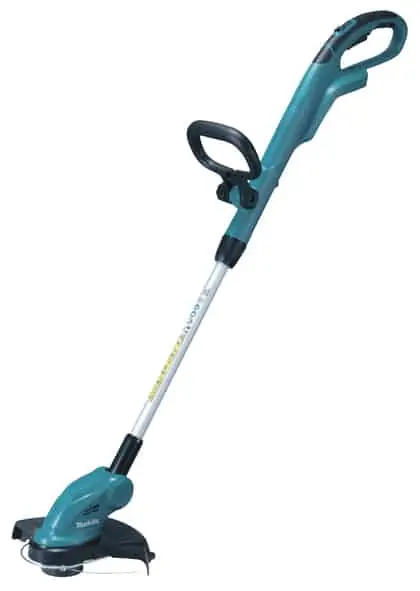
Trimmers are excellent for creating neat edges and getting into tight spots where the lawn mower struggles to reach. It has a rotating wire line that spins at high speed, cutting most light to medium foliage.
You can get battery-operated versions, as well as electric and gas versions.
Product Specs
| Type | Hand tool, Power tool |
| Application | Gardening |
44. Wheelbarrow
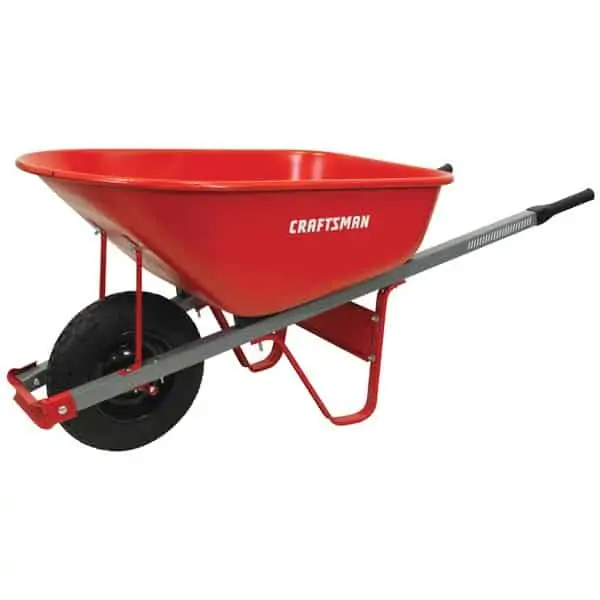
No gardening activity would be complete without a wheelbarrow. You can collect up all your clippings and easily transport them to the compost pile. Wheelbarrows are iconic with a large front wheel and two long handles, making them maneuverable and highly mobile.
Product Specs
| Type | Hand tool |
| Application | Gardening |
Safety Tools
45. Goggles
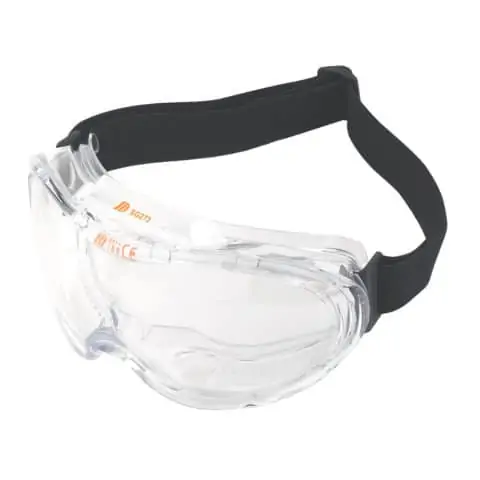
Goggles keep your eyes protected from debris and other materials when working. They even keep them safe from harmful gasses and fumes. When working with wood, metal, or masonry, goggles should be an essential part of your safety equipment.
Product Specs
| Type | Safety tool |
| Application | General construction, DIY |
46. Gloves
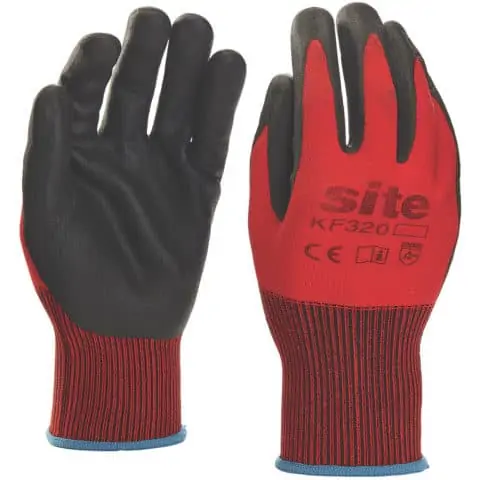
Gloves protect your hands from heat, blades, sharp objects, and other dangers. Some are thicker, especially those used in welding and other intensive practices, while some gloves should allow more freedom of movement to gain better control of some power tools.
Product Specs
| Type | Safety tool |
| Application | General construction, DIY |
47. Flashlight
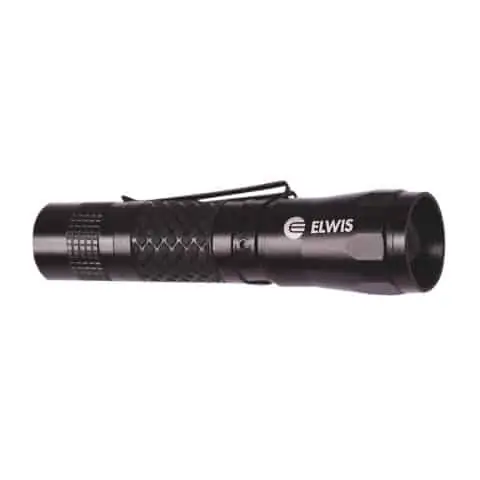
There is nothing better than a bright flashlight to brighten up the darkest spots. When working in spaces with limited light, a flashlight shows you where you should target your energy.
Some battery-operated tools like drills and wrenches come with a built-in flashlight.
Product Specs
| Type | Safety tool |
| Application | General construction, DIY |
48. Hard Hats
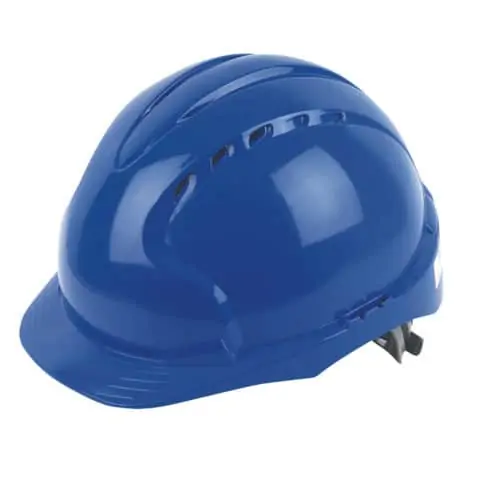
If you work in construction and want to avoid heavy objects falling on your head and causing serious damage, a hard hat is a must. It might not stop you from getting injured, but it will make the difference between life and death.
Product Specs
| Type | Safety tool |
| Application | General construction, DIY |
49. Hi-Vis Jackets
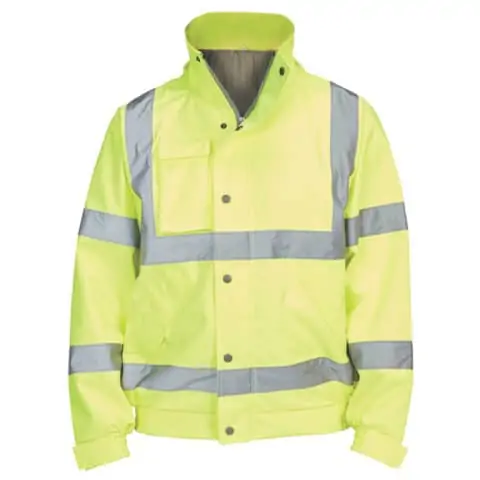
See and be seen, especially if there is a lot of activity on the building site. Sometimes it can be hard to spot some people, so a hi-viz jacket makes you stand out like a sore thumb, and it reflects the light.
Product Specs
| Type | Safety tool |
| Application | General construction |
50. Headlamp
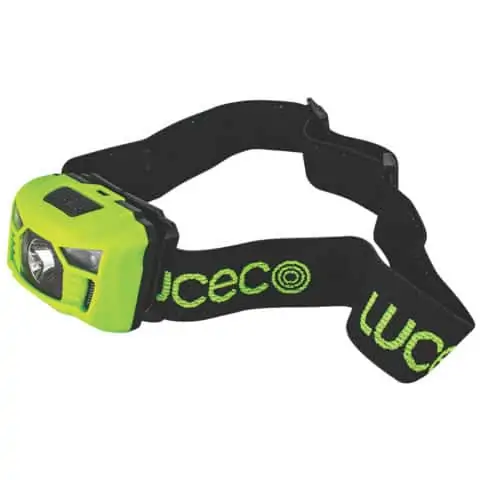
Strapping a headlamp on gives you a directional light that aids you in working in the dark. It also means you can go hand-free and use your tools without worrying about holding a flashlight. Most new headlights are LED, which lasts longer than a standard bulb and gives off a brighter light.
Product Specs
| Type | Safety tool |
| Application | General construction, DIY |
51. First Aid Kit
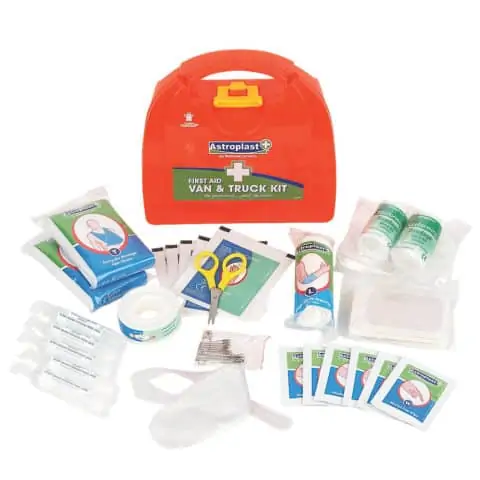
Working in construction or using power tools is dangerous work. Injuries happen all the time, so having a first aid kit to hand could be a lifesaver. They contain bandages, supports, band-aids, and disinfectant wipes to clean cuts and abrasions.
Product Specs
| Type | Safety tool |
| Application | General construction, DIY |
52. Traffic Cone
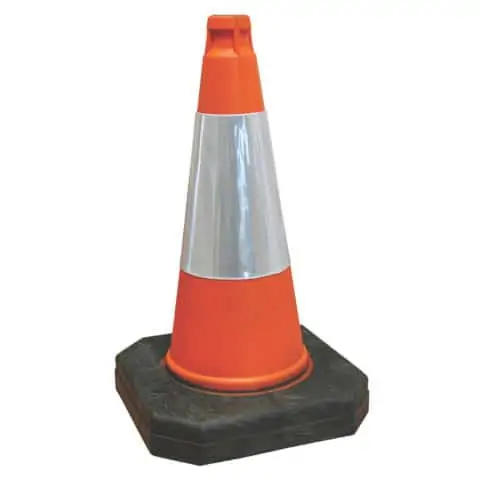
Traffic cones denote designated areas. They direct foot traffic and vehicles in the direction you want, removing danger from your worksite. Think about performing road repairs without traffic cones.
You can also use cones to stop people from crossing areas that are zoned off.
Product Specs
| Type | Safety tool |
| Application | General construction, Road repairs |
53. Hearing Protection Earmuffs
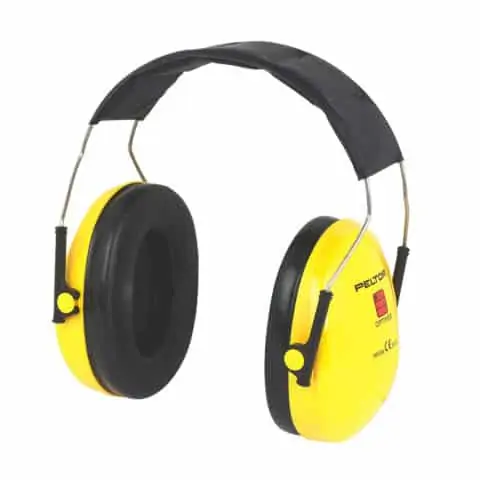
If you work with drills, air compressors, and other noisy power tools, you need earmuffs. Most compressors run above 80 decibels, with some topping out at 100. Prolonged exposure to loud noises causes lasting damage.
Product Specs
| Type | Safety tool |
| Application | General construction, DIY |
54. Dust Protection Masks
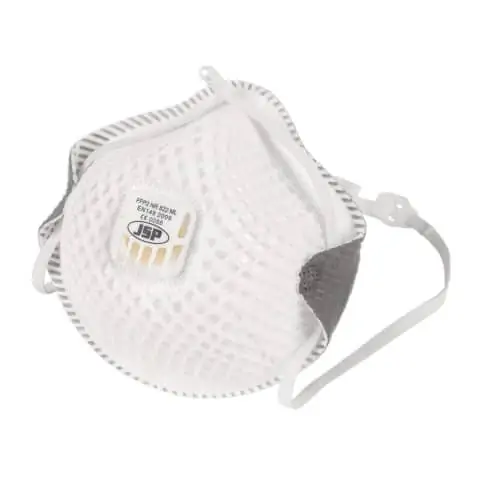
Dust gets everywhere when you are using power tools. Sanders, drills, planers, and saws kick out so much dust that when you breathe in, you risk getting seriously ill with lung disorders. A dust mask protects you and keeps your lungs from filling with deadly carcinogens.
Product Specs
| Type | Safety tool |
| Application | General construction, DIY, Woodwork |
Tips for Tool Maintenance
Keeping your favorite and expensive tools in working order takes care and attention. Here are some great tips to help you out.
Proper Storage
Keeping your power tools free from moisture and dust is crucial if you want them to last the distance. If left incorrectly stored, tools gather grime and start to rust, especially in a damp environment.
Clean Often
It sounds obvious, but cleaning your tools after use is the best way to protect their working life. It doesn’t have to be extensive, but making sure the device is dust-free, and the vents and internal motors are clear, goes a long way.
Keep Tools Lubricated
Applying lubrication to the moving parts of your tool not only keeps them moving easier it also helps to erode rust. Before you pack your tools away, give them a quick once over with the oil. Even wiping them with an oil-soaked rag helps to keep them clean and lubricated.
Keep It Sharp
No matter what it is, if it’s supposed to be sharp, keep it that way. Drill bits, blades, chisels, and other cutting tools blunt over time. Keep them sharp, so the device has less work to do, and you get a smooth and timely result.
Keep Your Tools Cool
Tools overheat with prolonged use, resulting in parts wearing out faster. You can keep your tools in top condition by allowing them to cool down between use.
It might be an idea to schedule rests so that you know the tool can cool down.
